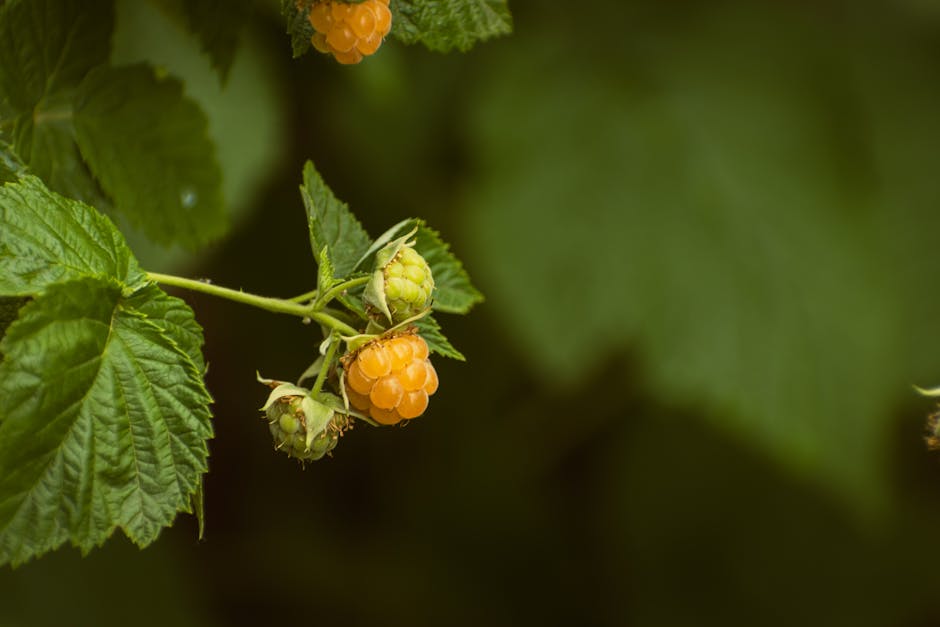Community garden plots offer a multitude of benefits that extend beyond the simple act of planting seeds in the ground. One of the most significant advantages is the opportunity for individuals to connect with nature. In an increasingly urbanized world, where concrete often replaces greenery, these gardens serve as vital green spaces that allow you to engage with the earth.
Tending to plants can be a therapeutic experience, reducing stress and promoting mental well-being. The act of nurturing a garden can foster a sense of accomplishment and pride, as you witness the fruits of your labor flourish. Moreover, community gardens are a powerful tool for social interaction and community building.
They create a shared space where people from diverse backgrounds can come together, share knowledge, and cultivate friendships. You may find yourself exchanging gardening tips with a neighbor or sharing recipes that incorporate the vegetables you’ve grown. This sense of camaraderie can lead to stronger community ties, as you work alongside others toward a common goal.
The garden becomes a melting pot of cultures and ideas, enriching your community and enhancing your social network.
Key Takeaways
- Community garden plots provide access to fresh, affordable produce and promote physical activity and mental well-being.
- Getting involved in a community garden can be as simple as reaching out to local organizations or attending community meetings to learn about available plots.
- Successful community gardens require careful planning, regular maintenance, and collaboration among gardeners.
- Building community through garden plots fosters social connections, shared knowledge, and a sense of ownership and pride in the neighborhood.
- Overcoming challenges in community garden plots, such as limited space or resources, can be achieved through creative problem-solving and community support.
How to Get Involved in a Community Garden
Getting involved in a community garden is easier than you might think. The first step is to research local gardens in your area. Many cities have dedicated websites or social media pages that list community gardens, along with information on how to join.
You can also visit local farmers’ markets or community centers, where you may find flyers or announcements about upcoming gardening initiatives. Once you identify a garden that piques your interest, reach out to the organizers to express your desire to participate. Once you’ve made contact, you may be invited to attend a meeting or orientation session.
This is an excellent opportunity for you to learn about the garden’s mission, rules, and the types of crops being cultivated. Engaging with existing members will help you understand the dynamics of the group and how you can contribute effectively. Whether you’re looking to adopt a plot for personal use or simply want to volunteer your time, there’s usually a place for everyone in a community garden.
Your enthusiasm and willingness to learn will be welcomed, and you’ll soon find yourself immersed in this rewarding experience.
Tips for Growing a Successful Community Garden
To cultivate a thriving community garden, it’s essential to start with a solid plan. Begin by assessing the available space and understanding the soil quality. You may want to conduct soil tests to determine its pH and nutrient levels, which will guide your planting choices.
Additionally, consider the amount of sunlight the area receives throughout the day; this will influence which plants will thrive in your garden. By taking these factors into account, you can create a tailored planting strategy that maximizes your garden’s potential. Collaboration is key in a community garden setting.
Regular meetings with fellow gardeners can help you share insights and address any challenges that arise. Establishing a planting calendar can also be beneficial, as it allows everyone to coordinate their efforts and ensure that crops are planted and harvested at optimal times. Don’t hesitate to share your successes and failures; learning from each other’s experiences will strengthen the collective knowledge of the group.
By fostering an environment of open communication and teamwork, you’ll not only enhance your gardening skills but also build lasting relationships with your fellow gardeners.
Building Community through Garden Plots
Community gardens are more than just places to grow food; they are vibrant hubs for social interaction and cultural exchange. As you work alongside others in the garden, you’ll find opportunities to engage in meaningful conversations that transcend age, ethnicity, and socioeconomic status. These interactions can lead to friendships that extend beyond the garden’s borders, creating a sense of belonging and unity within your neighborhood.
Organizing events such as potlucks or harvest festivals can further strengthen these bonds. These gatherings allow you to celebrate the fruits of your labor while sharing delicious dishes made from the produce grown in the garden. Such events not only foster community spirit but also provide an avenue for education; you can learn about different culinary traditions and gardening techniques from fellow participants.
By creating an inclusive atmosphere where everyone feels valued and heard, you contribute to a thriving community that celebrates diversity and collaboration.
Overcoming Challenges in Community Garden Plots
While community gardens offer numerous benefits, they are not without their challenges. One common issue is managing differing opinions among gardeners regarding what to plant or how to maintain the space. It’s essential to approach these discussions with an open mind and a willingness to compromise.
Establishing clear guidelines and roles within the group can help mitigate conflicts and ensure that everyone feels included in decision-making processes. Another challenge may arise from external factors such as pests or adverse weather conditions. It’s crucial to stay informed about best practices for pest management and plant care.
Collaborating with fellow gardeners to share resources and strategies can make overcoming these obstacles more manageable. Remember that setbacks are part of the gardening journey; embracing them as learning opportunities will not only enhance your skills but also strengthen your resilience as part of a community.
Sustainable Practices for Community Garden Plots
Incorporating sustainable practices into your community garden is vital for promoting environmental health and ensuring long-term success. Start by implementing organic gardening techniques that minimize chemical use and promote biodiversity. You can achieve this by using natural fertilizers, such as compost or manure, which enrich the soil without harming beneficial organisms.
Water conservation is another critical aspect of sustainability in community gardens. Consider installing rain barrels to collect runoff from nearby structures or using drip irrigation systems that deliver water directly to plant roots. These methods not only conserve water but also reduce labor costs associated with watering plants manually.
By adopting sustainable practices, you contribute to a healthier ecosystem while setting an example for others in your community.
The Impact of Community Garden Plots on Local Food Systems
Community gardens play a significant role in enhancing local food systems by providing fresh produce directly to neighborhoods that may lack access to grocery stores or farmers’ markets. By growing your own fruits and vegetables, you not only improve your diet but also reduce reliance on industrial agriculture, which often relies on harmful pesticides and long transportation routes. This shift toward local food production fosters food sovereignty and empowers communities to take control of their food sources.
Additionally, community gardens can serve as educational platforms for teaching others about nutrition and sustainable agriculture practices. Workshops on cooking with seasonal produce or preserving food can help individuals make healthier choices while reducing food waste. By engaging with local schools or organizations, you can extend these educational opportunities beyond the garden itself, inspiring future generations to appreciate the value of growing their own food.
Creating a Welcoming and Inclusive Community Garden Environment
To ensure that your community garden thrives, it’s essential to create an environment that is welcoming and inclusive for all participants. Start by establishing clear communication channels where everyone feels comfortable sharing their ideas and concerns. Regular meetings can provide a platform for discussing issues while fostering a sense of ownership among members.
Consider hosting events that celebrate diversity within your community garden. Cultural exchange days where participants share traditional recipes or gardening techniques from their backgrounds can enrich the experience for everyone involved. Additionally, providing resources such as gardening tools or educational materials can help newcomers feel more confident in their abilities.
By prioritizing inclusivity and support, you’ll cultivate not only a flourishing garden but also a vibrant community that thrives on collaboration and mutual respect. In conclusion, community garden plots offer numerous benefits that extend far beyond mere gardening; they foster connections among individuals while promoting sustainability and local food systems. By getting involved, sharing knowledge, and creating an inclusive environment, you contribute to building stronger communities rooted in collaboration and shared purpose.
Embrace the journey of gardening together, as it has the power to transform not just landscapes but lives as well.
Community garden plots are a great way to bring people together and promote sustainable living. In addition to growing fresh produce, gardeners often face challenges such as dealing with pests in their plots. For natural solutions to keep your organic garden pest-free, check out this article on Skidmore Gardens. From companion planting to homemade insecticides, there are plenty of eco-friendly options to help protect your community garden from unwanted visitors.




